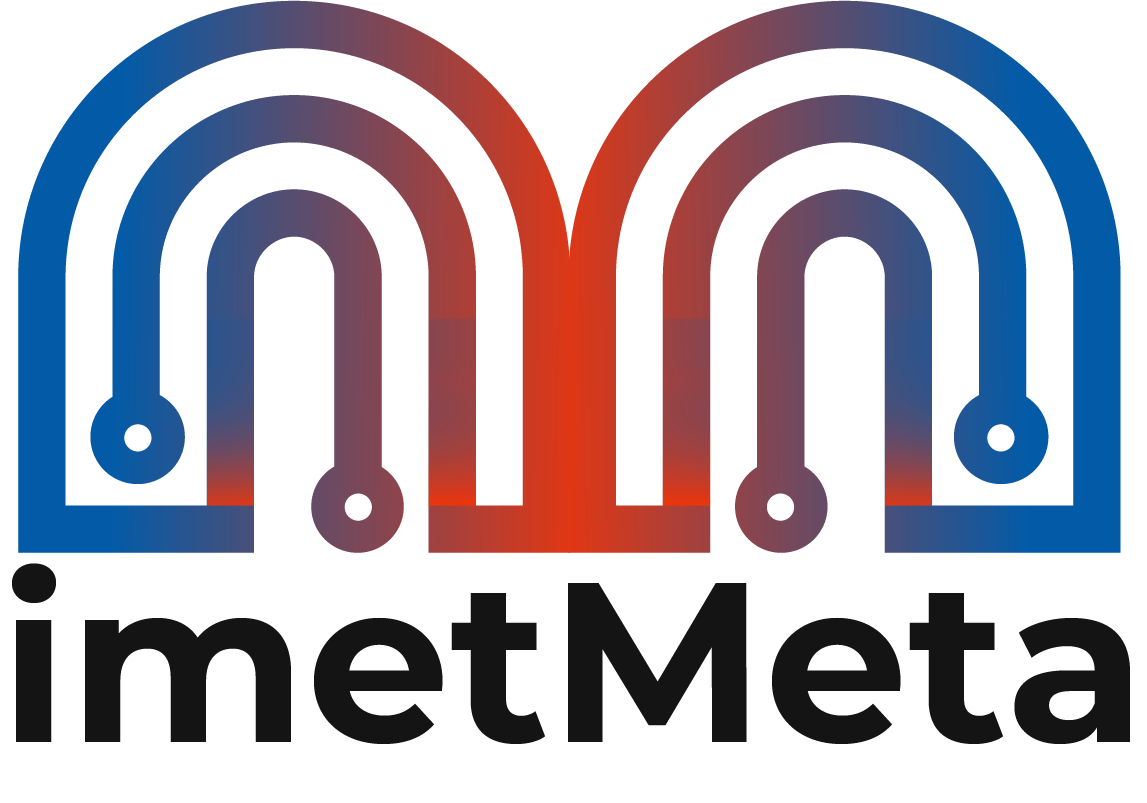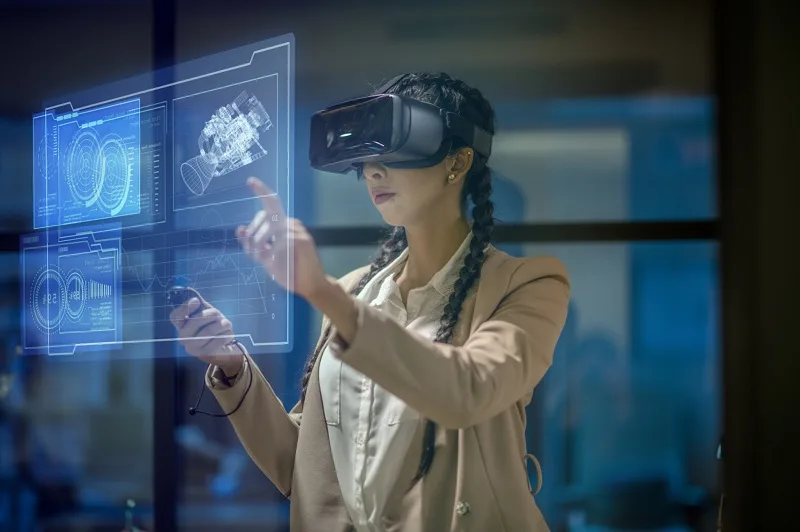Today’s contributing author comes from an expert in how technology relates to our daily lives and the world around us. They’ll explore the implications that the metaverse and IoT are likely to have in this context.
Our way of thinking, acting, and reacting to the outside environment have all changed since mankind left the prehistoric era. In general, people are picky about their gains. When our hands are full, we nevertheless reach out for items and go after goals that will make us feel even more content. The need for more on the part of humans is what has fueled technological development to this point.
We have transitioned from a time when having a computer was a luxury to the Metaverse period, where the virtual world feels more real than the real reality we are currently living in. Recently, virtual world technology has skyrocketed in popularity, especially since Facebook changed its name to Meta Platforms to increase its influence in the growing sector. With the active involvement of international commercial entities, metaverse technology is developing into a full-fledged business domain. The Metaverse has become the preferred testing ground for tech gurus. They are looking into fresh approaches to take use of the metaverse’s potential as a source of industrial innovation. This expansion can’t be achieved on its own, and because of this, the Internet of Things becomes four times more crucial.
The Internet of Things (IoT) makes use of a connection between the physical and technological worlds. Through wired or wireless connections, IoT enables billions of technological gadgets to exchange information, communicate, and access data sources. The Metaverse infrastructure, which depends on IoT to reach its full potential, views the latter as a key component. IoT and Metaverse working together will probably create new possibilities for technological advancement. So let’s start looking for some crucial solutions here:
The Concept Of Metaverse Technology
The Metaverse, to use Layman’s terminology, is a virtual setting where we might seek solace from the bustle of the real world. It refers to a 3D virtual ecosystem where users can interact, make money, work, socialize, and play in a variety of digitally recreated real-world settings. The implementation of blockchain technology, facilitated by a blockchain development company in Dubai, gives the Metaverse the much-needed decentralized setup, enhancing its strength even further. The metaverse blockchain cluster provides top-notch security, transparency, and immutability while minimizing intervention from centralized authority.
Think of it as the modern, high-tech equivalent of the Internet that we are already using. It enables us to browse the internet without being fixated on the computer screen, as is the case right now. All you have to do is unbuckle your imaginative horses and let them gallop free. Participants in Metaverse are transported to a virtual world where technology has further enhanced the environment’s immersion and interactivity.
For instance, while lounging on your favorite couch and playing a Metaverse game, you can genuinely experience the excitement of a real battleground. It makes way for more open social exchanges among Metaverse communities. With cutting-edge VR and AR technologies for improved experiences, it provides a 3D picture of things we see in the real world. The metaverse is made even more intriguing by the usage of virtual avatars. These are digital personas that serve as humans’ metaverse representations. These digital avatars have greatly increased the appeal of e-games. To ensure a secure gaming experience, users might employ metaverse wallet options.
The Concept of Internet of Things
IoT, which was introduced in 1999, is a network of connected computers, digital machines, physical items, things, and people. Each member in the network has a Unique Identifier (UID) code that enables them to send data without engaging in human or machine contact. The ecosystem is made up of web-enabled smart devices that use embedded tools like sensors, processors, and communication resources to gather, connect, and react to sensed data.
When a Coca-Cola vending machine was introduced as the first ARPANET-supported appliance at Carnegie Mellon University in 1982, the idea of a smart device’s network was first proposed. Although he marketed it as the “Internet for Things,” P&G’s Kevin Ashton coined the phrase “Internet of Things” in 1999. Since then, the word has taken on many other forms and received ongoing support from both the industrial and non-industrial spheres.
The participating devices connect to a gateway or another IoT device to share the sensor data. Although people can interact with the devices to offer commands or get data from them, most of the work in the cluster is accomplished without their input. IoT enables hassle-free international corporate entity functional capacity expansion. Additionally, the technology has assisted numerous industrial fields in revolutionizing their operational paradigms. The growth of the IoT has improved the security, transparency, and dependability of data transfer across sources.
The Concept of Integration of Metaverse And IoT
If we believe the expert rumors and predictions circulating in the market, Metaverse and IoT will fundamentally change the tech industry, then this is the future we are moving toward. Metaverse and IoT will open up new possibilities for the industrial domain, individual demands, and social requirements when they are merged. The extent of this relationship will aid Metaverse in getting past its obstacles and increasing its applicability in a wider range of contexts. While Metaverse technology will provide the essential 3D user interface for the IoT device cluster, IoT will make it possible for virtual spaces to interact and access the actual world without any difficulty. This will give people an IoT and metaverse experience that is centered on them. With minimal training and effort, the combination will promote data-based decisions and streamline data flow.
The Importance of IoT In Metaverse
In order to overcome one of the biggest problems looming over the Metaverse domain, the Internet of Things will be crucial. Specifically, the Metaverse’s capacity to take information from the real world and incorporate it into the virtual one. The data mapped from the real environment must be precise, planned, secured, relevant, and in real-time in order to produce the intended results. IoT is a growing industry that has hundreds of cameras, sensors, and technological gadgets in its cluster, making it a great potential for the Metaverse to gain exposure.
The most cherished possessions today are data, as opposed to the past when they were jewelry and gems. With the rising obsession with social presence in particular, the “new gold,” as we refer to it, has made us exposed to the outside world. Data is the most important resource in the digital world because it adds color to the otherwise blank digital canvas. Therefore, the success of Metaverse depends on its ability to harvest data from the actual world and incorporate it into its digital environment. IoT device flow will also make up a significant portion of the data ingestion. It is crucial to display this data in the Metaverse in a meaningful way while simultaneously ensuring user access and security. Businesses are pouring a lot of money into Metaverse ventures that offer data intelligence solutions.
Simply said, the major goal of IoT will be to establish the required connection between the physical world and the digital realm. Building more sophisticated IoT infrastructure that can readily accommodate the complexities of the digital environment is crucial for empowering Metaverse. The employment of digital avatars in the IoT ecosystem will assist to reimagine what the next-generation Internet will look like.
How Will IoT Connect The Metaverse And Real World?
IoT and Metaverse are similar twin technologies that are about to transform how we communicate, collaborate, and make money. They foresee facilitating more active than passive Internet access for users. Take a peek at these hints to learn more about how IoT will link the physical world to the metaverse:
IoT and Cloud Computing
Cloud service providers will support innovation that opens up the market to more advanced capabilities. To create structural infrastructures that speak about scalability, resilience, and smooth functionality, developers will work hard. Developers and organizations may now take advantage of the best data services at their convenience and choice thanks to well-known cloud platforms like Amazon’s AWS and Microsoft’s Azure.
Lack of reliable cloud services will impede data flow, which will eventually have an impact on cluster members who are working on it. This will have an impact on the processing power required to connect the real-time metaverse cluster to the information gathered by IoT devices. Advanced solutions addressing real-world problems will be made possible by improved interoperability between AR-VR devices and IoT data, enabled by cloud providers.
Utilizing Digital Simulations And Replicas
The IoT infrastructure, which is interconnected and strong, as well as the data analytics built on top of cloud computing, will propel digital avatars in the metaverse. IoT will offer improved simulation of these digital human counterparts.
Tech professionals will be able to construct digital twins or copies thanks to Metaverse and IoT. Through virtual persons and digital duplicates, IoT offers engaging use cases and experiences in the Metaverse. Without it, the metaverse wouldn’t have the ability to give its users such lifelike virtual experiences. IoT will act as a stimulant for the metaverse industry and offer customers simple user interfaces for online gaming, real estate transactions, and other activities. Learners can develop cutting-edge projects for users with high-tech features backed by IoT and other technologies thanks to metaverse training programs.
Companies are spending in R&D to learn how to mimic smart cities in the metaverse and to build virtual ecosystems for testing automobiles on avatars rather than people. IoT will be crucial in generating engaging experiences for users through the use of simulations and virtual models.
Conclusion
Tech professionals will be able to actualize the unconventional thinking that is constrained in the conventional setup thanks to the junction of IoT and Metaverse. We are unable to precisely define the possibilities of the metaverse or assign specific tags to it because it is still developing. IoT can discover new functioning capacities from the collaboration in the same way that the metaverse can seek deeper penetration. Despite this, we must continue to be concerned about cyber threats that could exacerbate the weaknesses in the metaverse ecosystem. In order to open up new options for themselves within the industry, consumers should take advantage of the expansion and investigate Metaverse-IoT.






Recent Comments